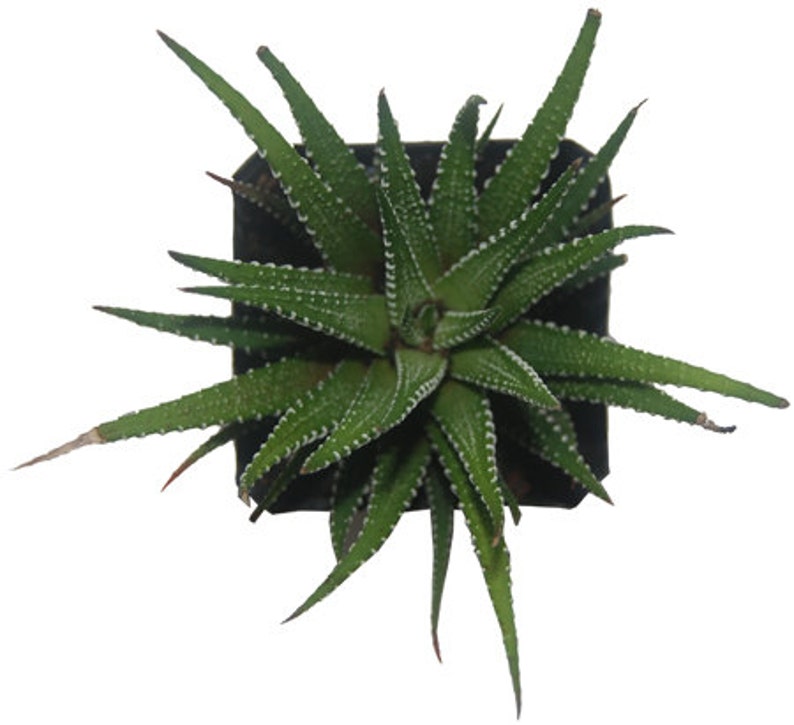

- #Zebra aloe how to
- #Zebra aloe full
Spices If a peppery punch is what you seek, a gingery sharpness, or perhaps the pungent aroma of freshly-ground nutmeg, you’ll find those and more here. #Zebra aloe how to
Harvesting Do you know how to harvest your garden bounty properly? If not, have no fear, we’ll help you learn the right way to harvest (and in many cases to store) your abundant fruit, vegetables, herbs, and more!. Grains Here we highlight all of the fantastic seeds and grains you can grow for sustainable food solutions. From mangoes to bananas, you’ll find a selection of topics about tropical fruit here for you to peruse! Tropical Fruit Do you think of tropical fruit as being an exotic treat? We do too. Whether you’re learning to grow them or are simply looking for new options for trellising them, you will find it all in this location! Tomatoes All things about tomatoes can be found here. You’ll find most large-pitted fruits in this category! Stone Fruit Stone fruit includes most tree fruits with large pits, such as peaches, plums, avocadoes, or even cherries. Here we discuss all manner of small-seeded fruits – but not those that have pits as typical stone fruit does! Seed Fruit Seed fruit such as apples, pomegranates, or pears are a mainstay in most people’s diets, and they are in the garden, too. Melons We know that most melons are technically berries, but let’s face it – if you want a juicy slice of watermelon in the heat of a scorching summer day, you’re not going to want to wade past mulberries and raspberries to figure out the right tips for growing them! Your guide to summer’s finest fruits awaits you. We explore this world of long, vining plants and how they can be grown to produce edible harvests in your garden! Fruiting Vines Vines produce all sorts of fruit from cucumbers to passion fruit. Lovely lemons, luscious limes, great grapefruit, tasty tangerines and mighty mandarins… and even the freaky finger limes and more! Citrus Love citrus trees? So do we! We’re sharing tips for growing all sorts of citrus from the simple to the exotic. No matter whether they’re huge like watermelons or tiny like lingonberries, you’ll find them here! Here we discuss all elements of growing berries on bushes, trees, or individual plants. Berries Bursting with juicy goodness, berries are one of the most favored fruits.  Edible Flowers Flowers you can eat? Absolutely! We’ve compiled a list of some of our all-time favorite edible flowers so that you can sample a petal on a salad or turn them into tea! In many cases here, both the flowers and some other parts of the plant may be edible, but double-check each article before you snack.
Edible Flowers Flowers you can eat? Absolutely! We’ve compiled a list of some of our all-time favorite edible flowers so that you can sample a petal on a salad or turn them into tea! In many cases here, both the flowers and some other parts of the plant may be edible, but double-check each article before you snack. 
We are taking a deep dive into these “good neighbor” plants, what works well together, and what should be avoided… but more importantly, we’re explaining why these things may have positive or negative impacts on your plants! Some plants work well together, and others just don’t.
Companion Planting Companion planting, sometimes called intercropping, can be used to deter pests and improve yields. Fortunately, zebra plant is non-toxic so you don't have to worry if your cat decides to chew on the leaves (well, except for your now-ragged-looking succulent!). 
If you have pets or children, you might wonder if zebra plant succulent is poisonous. After thirty minutes of soaking, be sure to let it drain well - never leave your plant sitting in water.
#Zebra aloe full
You don't need to remove the plant from its pot to soak it (assuming the pot has drainage holes) - just sink the pot into a slightly larger pot full of water. If the plant seems very dried out, it's best to give it a good soak in a pot of water for thirty minutes to fully hydrate. Try increasing your watering frequency or mist the plant with water. If the leaves are turning brown at the tips, and feel crispy or dried up, that may be because of underwatering, or very dry air. If the soil is very wet, it is best to remove the plant from the soil, let it dry out for a few days, then repot in dry cactus/succulent soil. Hold off on watering your plant for several weeks. If the leaves are brown or yellow and mushy, or the center of the plant is turning brown, that is a sign of overwatering. Problems Why are the leaves on my zebra plant turning brown?īrown leaves on your zebra plant probably means it is either overwatered or underwatered. You might need to rotate the pot so the bloom grows straight up rather than leaning toward the light. The bloom often takes a long time and the flowers can last for a while. However, if your plant is happy then it will produce a very long stem from the center of the plant which will bloom with small white or light pink flowers. Zebra plants are not grown for their flowers, which are fairly insignificant.








 0 kommentar(er)
0 kommentar(er)
